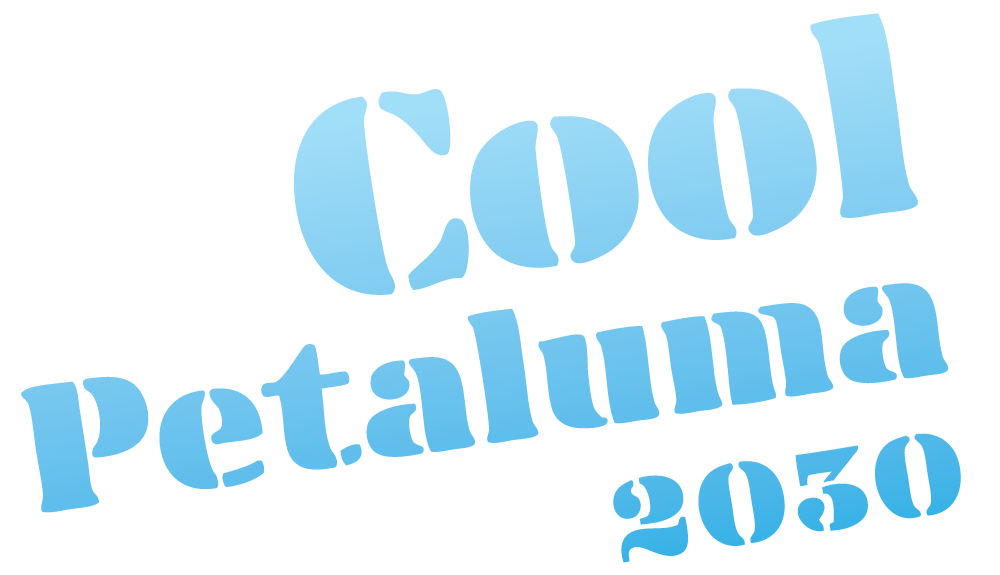Climate Column: From objective to action with Cool Petaluma
NATASHA JULIANA
FOR THE ARGUS-COURIER
February 23, 2023, 6:15AM
Taking climate action can be exceedingly complicated and overwhelming. We live on an unusually complex planet with a sophisticated ecosystem that is intricately tied together in ways we are only beginning to understand. The same goes for the global manmade systems we’ve built over the centuries.
When redesigning Cool Petaluma’s block-based program after our pilot year, we thought long and hard about how to structure our checklists to help people wrap their heads around the issues. The problem is complex so the framework needs to be simple. To do this, we borrowed a few pages from an expert’s playbook.
John Doerr, a very successful venture capitalist in Menlo Park, has turned his attention to the challenge of climate change. With a $1.1 billion donation, John and his wife Ann helped establish the Stanford Doerr School of Sustainability to engage the university in the creation of global, collaborative solutions. He is also the author of a new book titled “Speed & Scale: An Action Plan for Solving Our Climate Crisis Now.” Within those pages, we found a structure that made sense.
With the goal of global net zero emissions by the year 2050, “Speed & Scale” uses one of Doerr’s favorite business principles called Objectives and Key Results, or OKRs, for short. Doerr lays out a total of 10 objectives – six that tackle the main areas of impact and four that offer ways to accelerate progress, one of those being “Turn Movements into Action,” which happens to be an excellent way of describing Cool Petaluma’s mission.
Applying this OKR framework to our local program, we came up with five objectives:
Prepare for emergencies. With firestorms, atmospheric rivers, heat domes, polar vortexes, and mega-droughts on the rise, adapting to our changing climate requires us to become more resilient to disasters.
Rethink consumption. From food to fashion, as we become aware of the full lifecycle of our stuff, we can find ways to eliminate waste and pollution while increasing durability and opportunities for sharing.
Transform transportation. By creating more options for people, we can make moving around fun, safe, and non-polluting.
Improve buildings. Upgrading existing structures and being mindful of new construction can increase comfort while reducing our need for energy and new material resources.
Restore nature. Appreciating, protecting, and regenerating Earth’s life and landscapes will help ensure a healthy and beautiful ecosystem for ourselves and future generations.
Beneath each objective is a short list of “key results” – specific, measurable actions necessary to achieve that objective. For example, if our objective is to prepare for emergencies, our key results are to plan for communication, secure our home, and prepare to evacuate. Within each of those areas, we outline the most important steps and curate the best resources to help you accomplish those results.
So those are Cool Petaluma’s topic objectives, but how are we going to scale that into locally and globally significant action? Let’s circle back to the “Speed & Scale” accelerant OKR called “Turn Movements into Action.” Here, Doerr lays out ways to gain traction with three crucial constituencies: voters, government representatives, and corporations: “Leaders respond to pressure. Pressure is created by movements. Movements are built by many thousands of individuals. But sometimes they start with just one…” Doerr goes on to illustrate how one Swedish teen, Greta Thunberg, sparked a worldwide climate strike. But also highlighted in this book is a story a little closer to home.
Mary Barra is the CEO of General Motors. She explained why her company is going “all in” on electric vehicles, ending their production of internal combustion engines by 2035. “I read that a small city in California banned the building of gas stations. Just two years ago, that would have been unthinkable.”
That city was our very own Petaluma! Barra recognized that customers across the country were accepting EVs. “We came to believe we had a movement in the making,” she said.
Our real power lies in the ripple effects we have on the world around us. By taking action publicly and collectively, we can make waves we didn’t even know were possible.
Cool Petaluma just trained another 20 people last week, making a total of 183 Team Leaders out there mobilizing their blocks. We are taking new sign-ups for our March and April cohorts now. If you are ready to jump in and help us create a movement, check out the Cool Petaluma website for details on upcoming information sessions and trainings.
Natasha Juliana is the campaign director for Cool Petaluma, and can be reached at natashaj@coolpetaluma.org. For information on how to get involved, visit coolpetaluma.org.

